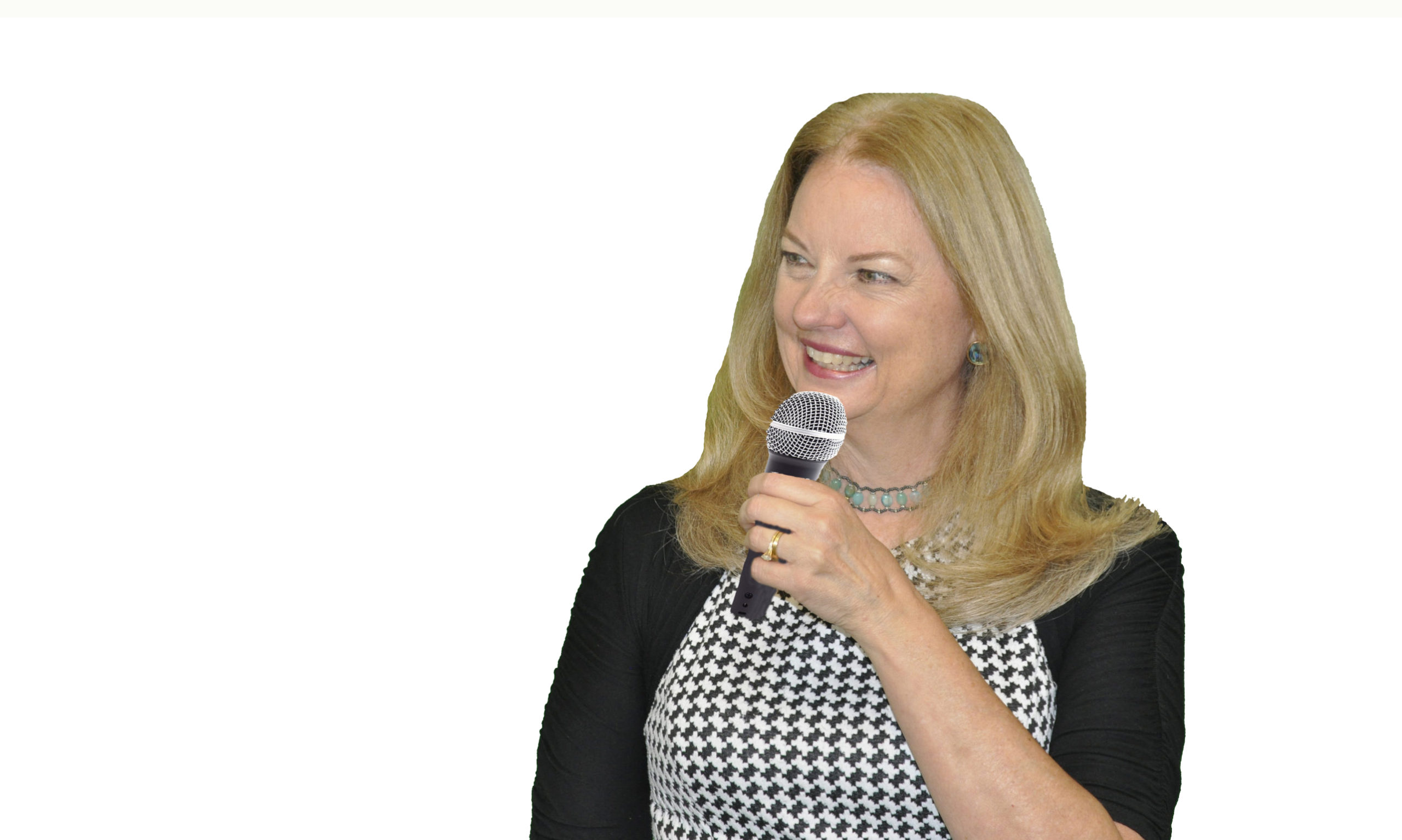As a fundraiser you have a finite number of hours to raise money. How will you choose to spend that time?
Fundraising Myth: Spend your time writing grants.
Fundraising Truth: Writing grants will most likely not result in getting the funding you need. The majority of funding comes from individuals.
According to Giving USA, 68% of gifts are given by individuals, 18% by foundations, 5% by corporations, and 9% from bequests. These percentages have remained fairly consistent year after year.
In the past you may have experienced great success in receiving grant funding or observed other nonprofits who were able to complete their projects through grant funding. However, in recent years grantors have become much savvier about how they award money, and they rarely fund an organization they don’t know anything about. Many foundations have been burned over the years because they granted funds to organizations with shiny and slick proposals about how they were going to save the world only to see those projects discarded due to lack of the grantee’s diligence to raise the remaining needed funds or, worse yet, the nonprofit going under while simply spending the grantor’s money.
What has resulted is that many grantors now want to participate in a “top off” grant, meaning they want to be one of the last to give funding so that they know a project is viable. Others will only give enough for a challenge grant which is 40 or 50% of the requested amount, leaving your organization to raise matching funds.
As recently as five years ago, we could send unsolicited grant proposals to foundations, and they would fund us. The percentages weren’t high, but there were some nice surprises, and many times a similar application would work for several proposals because not as much detailed, specific information was required. This is currently not true for most grant proposals. Fundraising Truth #1 reminds us that it is all about the relationship, but sometimes even after meeting with grant foundation staff, getting to know board members, and following the given criteria, you still won’t get funded.
One foundation for a Fortune 500 company told my client, a private school, that they wanted to fund student scholarships. The foundation executive director told us the dollar amount to request, and we wrote the proposal as she requested but were turned down. When I asked why we didn’t get funded, I was told they changed the criteria. They allowed us to reapply in six months during the next grant cycle instead of making us wait the customary two years to submit another grant application. I met with them again and asked about the criteria. I was told that a scholarship would be the best chance for receiving grant dollars. We tweaked the proposal accordingly and felt optimistic we would be funded.
A few weeks later, the executive director of the company foundation came for a tour of the school and at the end said we should have asked for funding for a student project. Déjà vu. Had we missed the mark again? Thankfully we did receive the funding this time.
This illustrates that we do not know what is happening behind the scenes. The president of the company could have said they were changing directions and then decided they weren’t. Because we didn’t have a relationship with the granting foundation, we weren’t able to find out what their real needs were and see if our project fit with their needs. We needed a champion inside the organization.
It takes a lot of effort to write major grants, and there are often many people making the decision on who gets funding. Even if one person advises that your organization is a good fit, others may override the recommendation. Learn about how they select who they fund.
This experience strongly reminds all nonprofits that building and nurturing relationships will get you further ahead than most anything else you do.
Adapted from Putting the Fun in FUNdraising: The Secrets to Raising More Money, Faster and Easier by Robin Thompson. Find it at www.RobinThompson.com or at Amazon.



